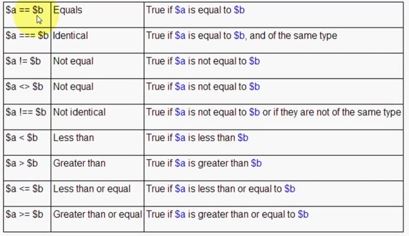Set up a server on your machine with PHP * Use PHP syntax with the built-in server to create apps * Apply the OOP paradigm to PHP to write richer code * Use MySQL to manage data in your web applications * Create a web application from scratch using MVC * Add tests to your web application and write testable code * Use an existing PHP framework to build and manage your applications * Build REST APIs for your PHP applications * Test the behavior of web applications with Behat In Detail PHP is a great language for building web applications. It is essentially a server-side scripting language that is also used for general purpose programming.
PHP 7 is the latest version with a host of new features, and it provides major backwards-compatibility breaks. This book begins with the fundamentals of PHP programming by covering the basic concepts such as variables, functions, class, and objects. You will set up PHP server on your machine and learn to read and write procedural PHP code. After getting an understanding of OOP as a paradigm, you will execute MySQL queries on your database. Moving on, you will find out how to use MVC to create applications from scratch and add tests.
Then, you will build REST APIs and perform behavioral tests on your applications. By the end of the book, you will have the skills required to read and write files, debug, test, and work with MySQL. Style and approach This book begins with the basics that all PHP developers use every day and then dives deep into detailed concepts and tricks to help you speed through development. You will be able to learn the concepts by performing practical tasks and implementing them in your daily activities, all at your own pace.
Buy :
Learning PHP 7 Paperback – Import, 6 Jan 2016 by Antonio Lopez (Author)
PDF Download :
Learning PHP 7 Paperback – Import, 6 Jan 2016 by Antonio Lopez (Author)







.png)


.png)
%20by%20Allen%20B.%20Downey.jpg)










.png)



%20by%20Allen%20B.%20Downey.jpg)









.png)










